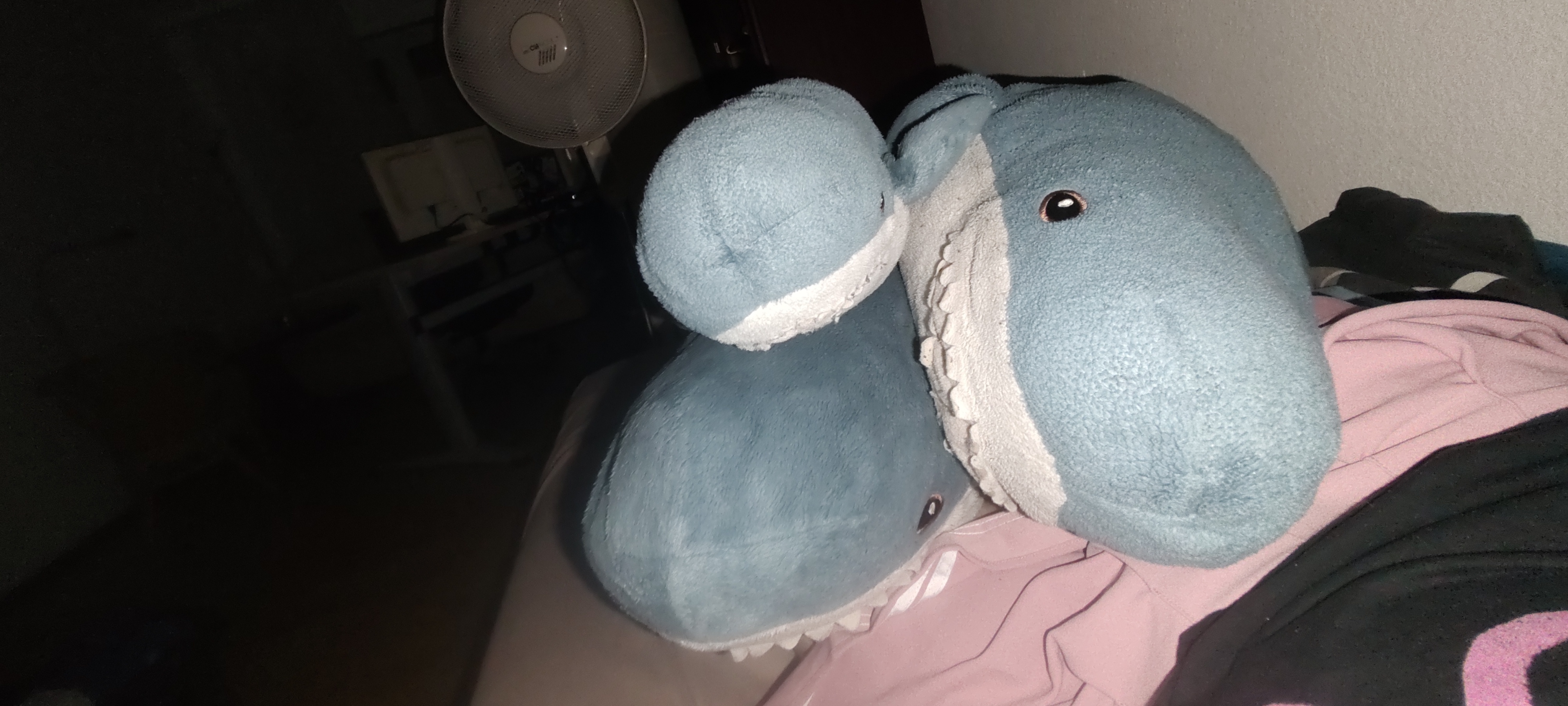I’m a complete moron, I should’ve had that backed up and used trash…
I had to learn the hard way lol
Reason’s I never use auto-complete in the terminal. Sadly, that’s sometimes not enough.
just be careful and review what tab-suggest shows.
Reasons to have backups more like. No need to make life hard
Your life isn’t my life, and restoring backups is no less a hassle just for having them(personally, I backup files, and either fix what I break or do a clean install). Auto-complete also makes me lose my train of thought, but if its helpful to you, enjoy.
Did you just disagree and then agree in the same sentence
Sure, if that’s your level of thought and reading comprehension, let’s say you’ve got it. Is it really so hard to understand the notion that what works for you doesn’t work for me, but I’m okay with you doing whatever?
Keep practicing, kid.
If talking like that makes you feel better, sure!
if your session is still running you can use
envto help reconstruct itI should’ve […] used trash
For those who don’t know: trash-cli
What an awesome tool that I wish I knew sooner. Also the && operator in sh. I think you can figure out what happened.
Also the && operator in sh. I think you can figure out what happened.
I’m guessing something like… Copy file/dir from location A to location B and then delete from A, but the copy had failed (and the delete unfortunately worked fine)?
I left the last sentence open ended, for comedic effect, but if you really wanna know:
I transcoded videos with ffmpeg, and tried to exit out of the bash script with ctrl C. the script was something like:
for ffmpeg file finishedFile; rm file;my ^C broke out only from ffmpeg and before I realized what happened the file got removed and the next ffmpeg call filled my terminal. I tought the key didn’t register, or something was stuck, so I pressed it again… and again… it cost like 45minutes of footage, wasn’t that important tho.
It upsets me to no end that this isn’t a standard package 😭
Can you say why were you trying to rm -r your .cache anyway? Also RIP.
Save space probably
Yeah my system was running out of space and I wanted to free a bit quickly. Turns out the issue was Rust building 20GB of binaries and I should have deleted those instead.
Probably the number one cause of borked Linux systems - trying to “de-bloat”.
But… why?
deleted by creator
I was in a rush to free up space. Rust’s binary sized can be really huge and they were taking up like 20GB at the time, but I was unaware of this.
I’m a complete moron,
You are not,
Every person learning with the hardway isnt a moron,You have to do, to really learn,
If you do it again though…
🫢 🤷♀️ I would say, that depend the personnal situation,
But i think, OP learned :)
I should have had backups of important files in my home directory
Lessons learned the hard way
I should’ve had that backed up
Absolutely! IT’s time to check out Stow now. With this you can easily manage your configuration and dotfiles (and all other data) in a single location.
https://venthur.de/2021-12-19-managing-dotfiles-with-stow.html
You’re just the latest member of a long and storied fraternity of the best worst operating system architecture.
https://web.mit.edu/~simsong/www/ugh.pdf
One of us…
Here’s a rule I learned the hard way a few decades ago:
- If you type “rm”, take you hands off the keyboard and take one deliberate breath before continuing your command.
- If you then type “-r”, do it again.
- If you then type “-f” do it again.
- In all cases, re-read what you wrote before hitting ENTER.
Or have backups (lol)
AND have backups.
In the few years of me exclusively using the command line to manage files, even having rm aliased to rm -rf, and at some point to sudo rm -rf, out of convenience, I think it has happened thrice that I deleted the wrong file, and twice I was able to restore it with (hourly) backups. The third time, it was a minecraft world which I had created to test some mods and the server start script, and I had excluded it from backups because my ~/games dir is usually only used by steam.
I’m a big fan of starting the command with a
#, then removing it once I’m happy with the command to defend against accidentally hitting enterPutting
~next to the enter key on keyboards (at least UK ones) was an evil villain level decisionI really like this # idea. I’ve also taken to holding off on adding sudo when deleting privileged files
I never thought of doing that in 40 years. It’s a great idea actually. Thanks!
When I’m unsure, I
ls <the-glob>, chek, then replacelswithrm.This. When the ls command works, hit ctrl-a, meta-d, type rm, enter.
Oh, didn’t knew about
Alt d. Thx
Also, triple-check which machine you’re actually logged into.
-idoesn’t exist?
Tipps to prevent future accidents:
- Set up BTRFS snapshots with Timeshift or Snapper. Switching to BTRFS is worth it for snapshots alone.
- Do regular backups on a device that can not be reached by rm: vorta local on external hdd that you connect once a week OR vorta/borg2 to a NAS/Server that does BTRFS snapshots itself OR Nextcloud to sync to a server that has a trashbin OR git to a server. Just remember that Nextcloud and git are unencrypted, so the server has to be secure and trustworthy. Vorta and borg2 can be set up with encryption.
Mistakes are unpreventable due to our error-prone brains, but it is a choice to repeat them.
ZFS and dotfiles are your friend. Sorry for your loss.
Sorry for your loss. I did something similar recently. A script was creating a “~” folder in my notes folder. I wanted to delete it… Thankfully it stopped at some file it couldn’t remove and my dotfiles are in git.
A tip, to delete files that have names similar to variables or other expandables, put the filename in between single ticks like this ‘filename’. Single ticks prevent expansion.
Thanks for the tip!
I once had a directory in
/tmpcalledetcwhich contained subdirectories for something I was migrating.I thought that I was in
/tmpwhen I ranrm -rf etc… I was actually in/Ow.















